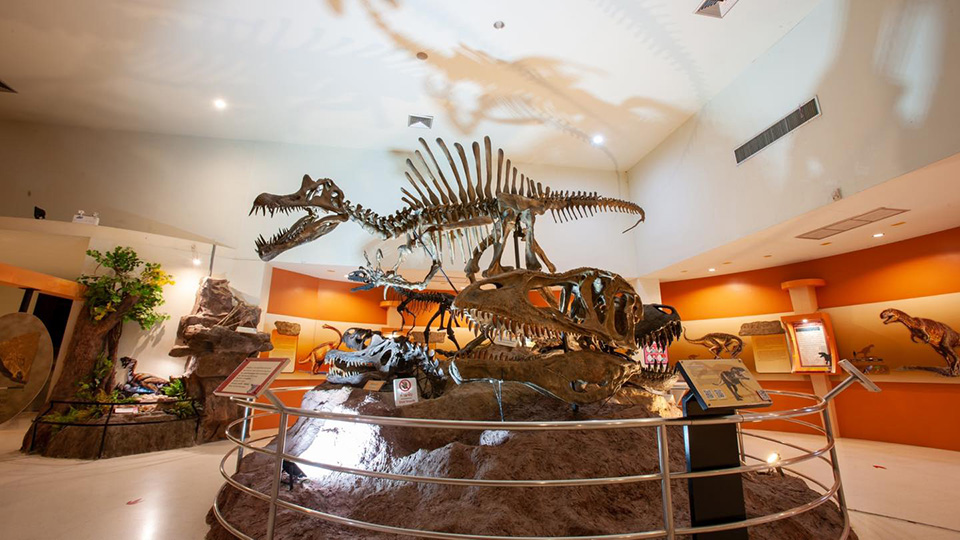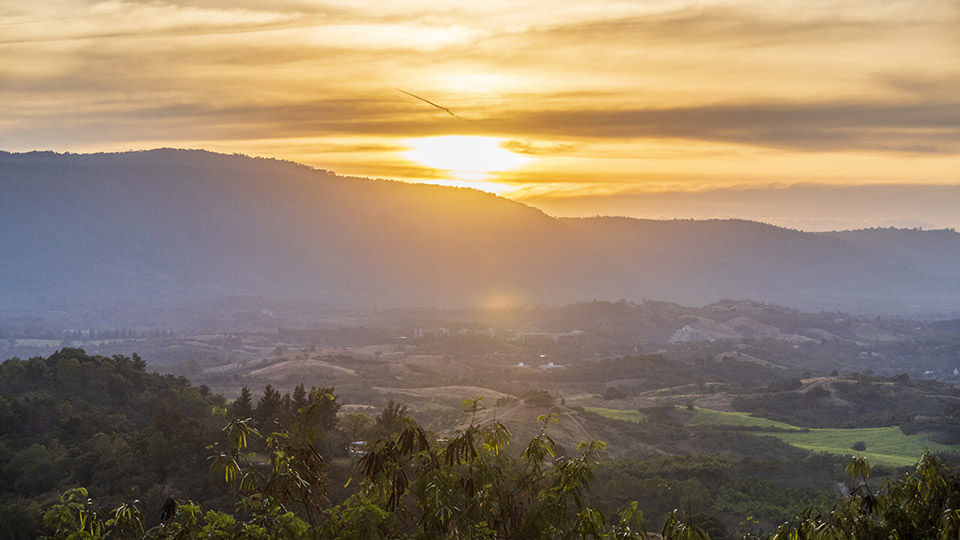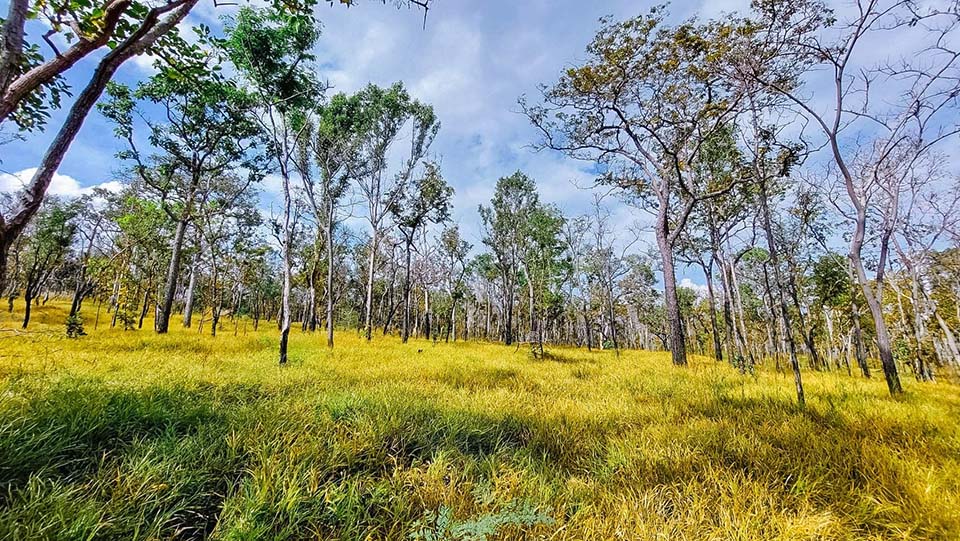
Nakhon Ratchasima has become the first province in Thailand to have three UNESCO sites, following the declaration of the Khorat national geopark as the Khorat UNESCO Global Geopark on 24 May 2023.
Two other sites are the Dong Phayayen-Khao Yai Forest Complex, which was declared a Natural World Heritage Site in 2005, and the Sakaerat Biosphere Reserve designated in 1976. Part of the Dong Phayayen-Khao Yai Forest Complex is in Nakhon Ratchasima, while the Sakaerat Biosphere Reserve is in Wang Nam Khiao district of Nakhon Ratchasima.
The Khorat UNESCO Global Geopark spans the middle to lower part of Lam Takhong River Basin, covering Sikhio, Kham Thale So, Chaloem Phra Kiat, Mueang, and Sung Noen districts of Nakhon Ratchasima.
According to the UNESCO, the unique geological feature of the Khorat UNESCO Global Geopark is the diversity and abundance of fossils ranging in age from 16 million to 10,000 years. A large range of dinosaurs and other animal fossils like ancient elephants have been found in Mueang District. Petrified wood has also been discovered in sand and gravel deposits both in the Chaloem Phra Kiat and Mueang districts of Nakhon Ratchasima. This has prompted Khorat UNESCO Global Geopark to consider itself the Paleontopolis (City of Ancient Life) of the world.

Highlighting sustaining local communities, the UNESCO listing said, the unique culture of the area is called the Thai Khorat Culture. Khorat is known for the Khorat language, people and music. The major economic activity is agriculture, with cultivation of rice, cassava, and sugar cane and raising of cattle, pigs, and chickens. Nakhon Ratchasima is a regional highway and railway transportation centre. In the city centre of Nakhon Ratchasima and the surrounding district cities, the majority of the population is engaged in industry, commerce, and services.
Mr. Yuthasak Supasorn, Governor of the Tourism Authority of Thailand (TAT), applauded the designation of Khorat Geopark as Thailand’s second UNESCO Global Geopark – the first one being the Satun UNESCO Global Geopark declared in 2018 – and which brought the number of UNESCO sites in Nakhon Ratchasima to three.
“Nakhon Ratchasima is known for its cultural, biological and geological diversity, and the promotion of conservation and sustainable development. UNESCO designation is a great honour and TAT is committed to help reduce the tourism impact on the environment and promotes responsible practices in line with our ongoing meaningful travel direction towards more sustainable, more inclusive and more environment-friendly tourism,” Mr. Yuthasak said.

Khorat Geopark was established as a provincial geopark in 2015 and was elevated as a national geopark in 2018. Its mission in line with the UNESCO geopark guidelines is management with a holistic concept of conservation, education and sustainable development, with significant involvement of local communities in tourism activities related to geology or world geography.
To celebrate the significant UNESCO honour, the Khorat Geopark Committee is organising the ‘Geopark and Fossil Festival 2023’ from 8-10 June at Central Department Store in Nakhon Ratchasima.
For more information on the Khorat UNESCO Global Geopark, visit: https://www.unesco.org/en/iggp/geoparks/khorat
https://www.khoratgeopark.com/Home.aspx (TAT)









